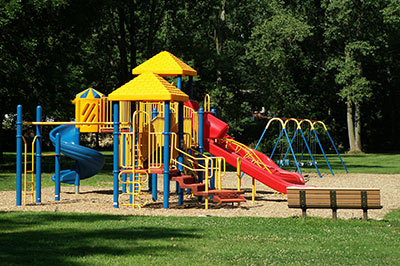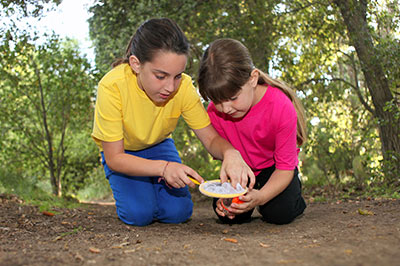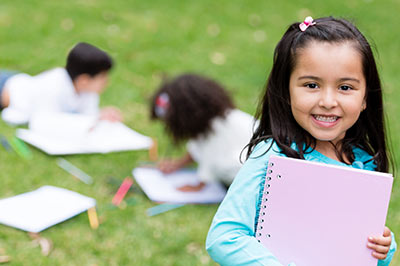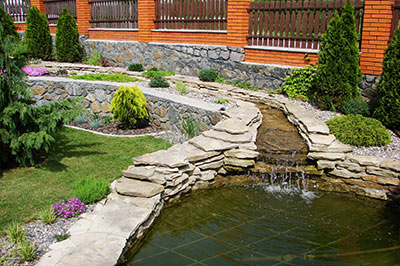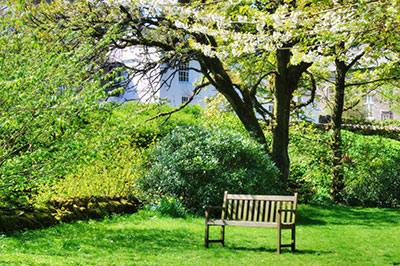Bagot, Allen, and Toukhsati, 2014
With little research examining children's restorative environments, the design of environments supportive of children's functioning is limited. The aim of this study was to examine the predictors of perceived restorativeness of children's school playgrounds, using Attention Restoration Theory. Children (N ¼ 550, 46% boys, Mage ¼ 9.73 years, SD ¼ 1.21) from 14 schools reported playground perceived restorativeness and play period experiences (affect, physical activity, social activity, perceived affordances). Playground characteristics of nature, size, play areas, play equipment and ratio of total grounds were assessed. After controlling for gender, age and playground size, vegetation volume was the only significant naturalness measure predicting perceived restorativeness. Play period experiences explained more variance than physical characteristics. With only moderate levels of perceived restorativeness revealed, the potential for school grounds to enhance children's functioning remains. Factors contributing to children's restorative environments may differ from adults, requiring children's inclusion in the research and design of their environments.


